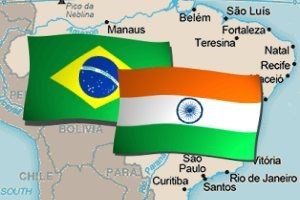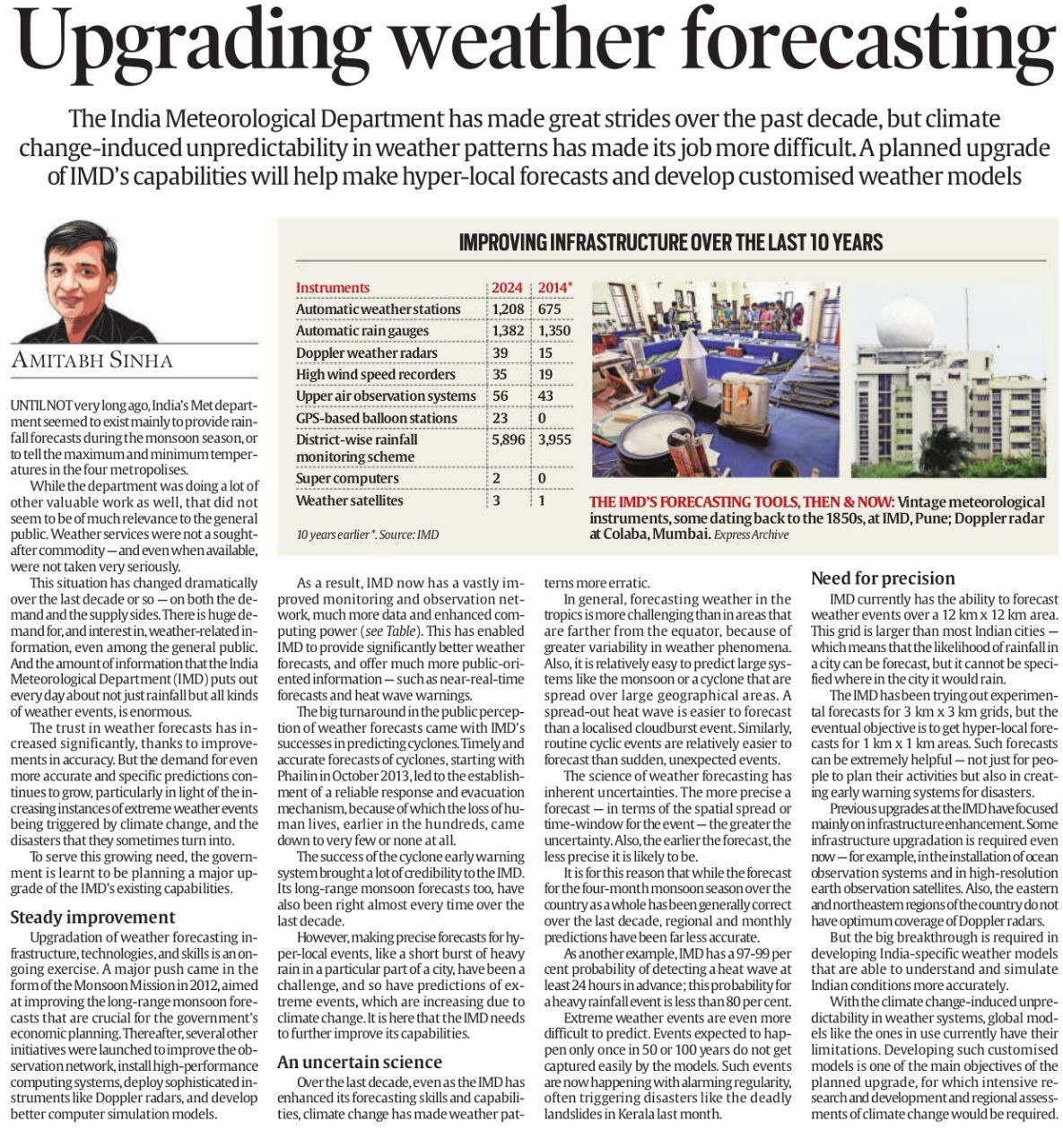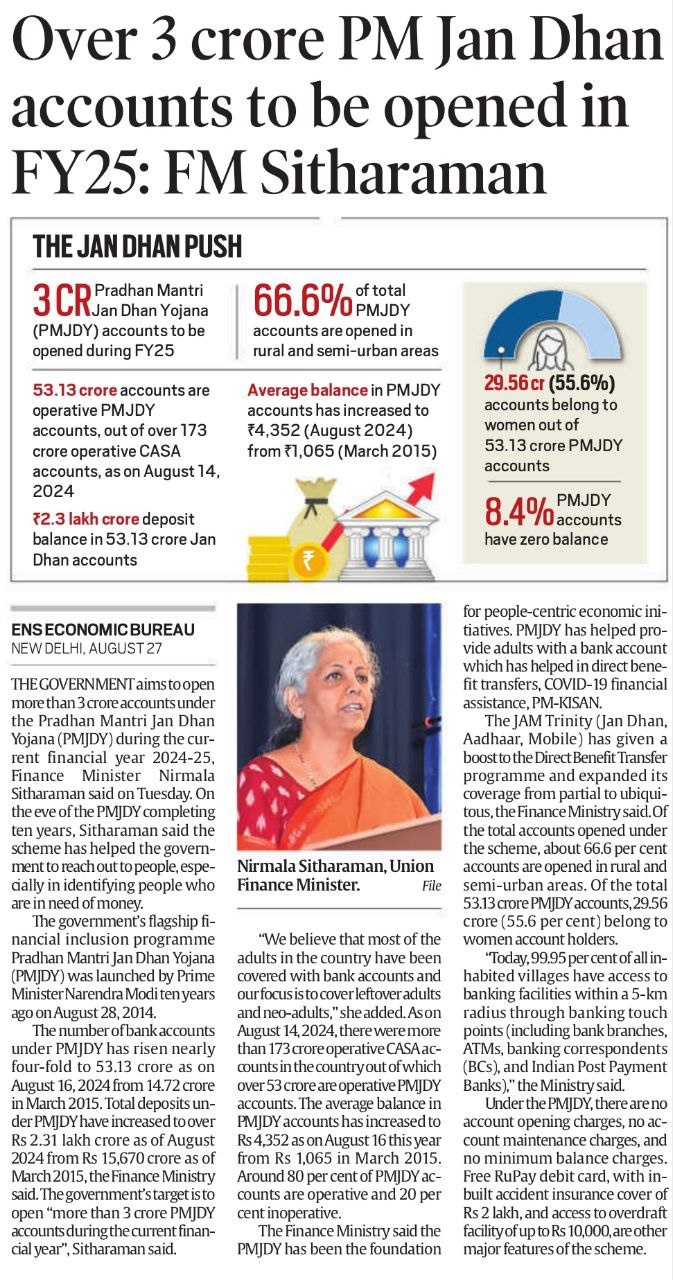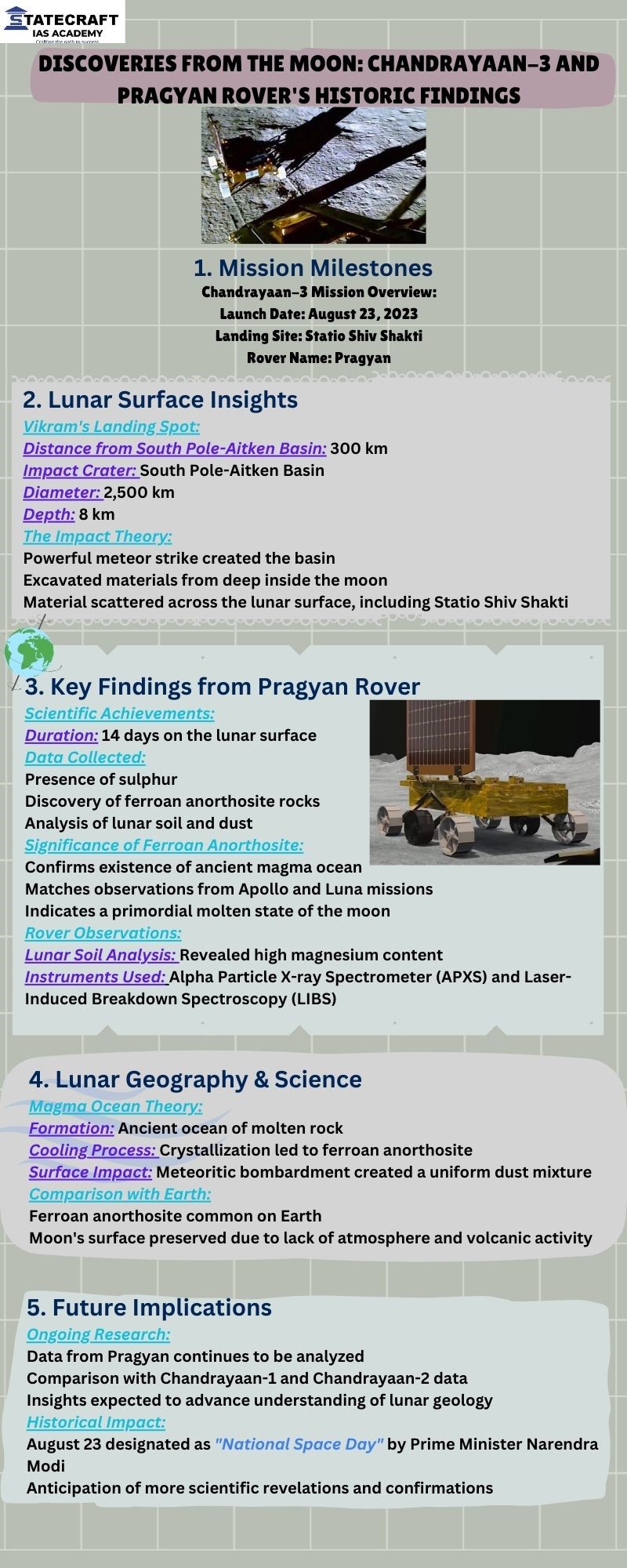Index:
1. Key Aspects of Employment Issues in Rajasthan for UPSC Exam
- Impact of Policy Changes
- Discontinuation of Schemes: BJP government in Rajasthan discontinued Rajiv Gandhi Yuva Mitra Internship Scheme and Mahatma Gandhi Seva Preraks recruitment, affecting over 5,000 youths.
- Rajiv Gandhi Yuva Mitras: Provided a ₹17,500 monthly stipend to young graduates working in government departments.
- Replacement Scheme: Chief Minister’s Fellowship Programme introduced in response to protests.
- Unemployment Statistics
- Current Rate: Rajasthan’s unemployment rate slightly reduced from 4.7% (2020-21 and 2021-22) to 4% (2022-23).
- Registered Unemployed: Over 18.40 lakh candidates with the Department of Skill, Employment and Entrepreneurship.
- Challenges in Employment
- Irregular Payments: Issues with the unemployment dole scheme, which provided ₹4,500 monthly but faced criticism for irregular payments and stringent criteria.
- Lack of Work: Urban employment guarantee scheme struggles with insufficient work opportunities; informal sector offers minimal and inconsistent wages.
- Recruitment and Quotas
- Grade III Teachers: 50% reservation for women has led to unrest among jobless youths; 25,000 vacant posts.
- Job Market Dynamics: Increasing demand in unorganised sectors like mining, manufacturing, and construction, with a need for better capacity utilisation.
- Recent Developments
- Paper Leaks: 20 incidents since 2021 affecting government recruitment exams.
- Corporate Culture Impact: Labour reforms allowing easier firing and restricting unionising have worsened urban employment conditions.
- Suggestions for Improvement
- Investment and Infrastructure: Promoting an investor-friendly environment and improving rural infrastructure.
- Skill Development: Partnerships between industries and academia to create skill development centres.
- Curriculum Changes: Alterations in school curricula to enhance employability.
2. India-Brazil Strategic Partnership
- Overview
- Deepened Partnership: The strategic partnership between India and Brazil has expanded and diversified over the years.
- Domains Covered: Includes defence, space, security, technology, and people-to-people relations.
- Recent Developments
- India-Brazil Joint Commission Meeting (JCM): Held in Delhi; External Affairs Minister S. Jaishankar and Brazilian Foreign Minister Mauro Vieira discussed various aspects of the partnership.
- Support and Cooperation:
- G-20 Presidency: India supported Brazil’s G-20 presidency, and Brazil reciprocated during India’s presidency.
- Ministerial Consensus: Notable achievements include the successful release of the first Ministerial consensus document under Brazil’s G-20 chairmanship.
- Future Prospects
- Upcoming G-20 Summit: Brazilian President Luiz Inácio Lula da Silva will host Prime Minister Narendra Modi in Rio de Janeiro in November for the G-20 Summit.
- Bilateral Trade: Despite recent challenges, there is a substantial and increasing bilateral trade basket.
- Common Goals
- Sustainable Development: Both nations aim for sustainable development and prosperity.
Global Agenda: Shared perspectives on various pressing global issues.
3. Upgrading Weather Forecasting: India Meteorological Department (IMD)
- Current Status
- IMD’s Progress: Significant advancements in weather forecasting infrastructure and technology over the past decade.
- Public Trust: Improved accuracy in forecasts has led to increased public trust and demand for detailed weather information.
- Historical Context
- Past Limitations: IMD previously focused on basic weather updates, primarily rainfall and temperature forecasts.
- Evolution: Transitioned to providing comprehensive weather information, including real-time updates and heatwave warnings.
- Infrastructure Improvements
Doppler Weather Radars: Enhanced coverage, though still lacking in some regions.
Technology Enhancements:
- High-Performance Computing Systems: Installed to improve forecasting capabilities.
- Supercomputers and Weather Satellites: Expanded to enhance data processing and forecasting accuracy.
- Major Initiatives
- Monsoon Mission (2012): Aimed at improving long-range monsoon forecasts.
- Cyclone Forecasting: Significant success in predicting cyclones (e.g., Phailin, 2013), reducing loss of life through timely warnings.
- Challenges
- Climate Change: Increased unpredictability in weather patterns, making forecasting more complex.
- Forecasting Difficulties:
- Extreme Events: High uncertainty in predicting rare, extreme weather events.
- Regional Accuracy: Better general accuracy for large-scale phenomena (e.g., monsoons), but less reliable for regional and short-term forecasts.
- Future Upgrades
- Infrastructure:
Ocean Observation Systems: Needed to enhance maritime weather predictions.
High-Resolution Earth Observation Satellites: To improve data collection and forecasting.
- Customised Models:
India-Specific Weather Models: Development of models tailored to Indian climate conditions.
Research and Development: Intensive R&D and regional climate assessments required to address limitations of current global models.
- Strategic Goals
- Hyper-Local Forecasts: Aim to improve forecast resolution to 1 km x 1 km for better planning and early warning systems.
Disaster Preparedness: Enhance capability to predict and respond to extreme weather events, mitigating potential impacts.
4. Pradhan Mantri Jan Dhan Yojana (PMJDY)
- Overview
- Launch and Objective: PMJDY was launched on August 28, 2014, to provide banking services to unbanked households using the JAM (Jan Dhan-Aadhaar-Mobile) trinity.
- Goal: To ensure financial inclusion, reduce inequalities, and strengthen livelihoods for marginalized communities.
- Achievements
- Account Opening: Over 53 crore PMJDY accounts opened with a total balance of ₹2.31 lakh crore as of August 2024, compared to 14.7 crore accounts with ₹15,670 crore deposits in March 2015.
- Gender and Regional Distribution:
- 6% of accounts are held by women.
- 6% of accounts are in rural and semi-urban areas.
- UP has the highest number of accounts (9.4 crore), followed by Bihar (6 crore).
- Impact
- Social Implications: Reduction in thefts and consumption of intoxicants in states with higher PMJDY account penetration.
- Economic Impact:
- ₹38.49 lakh crore transferred via Direct Benefit Transfer (DBT), with ₹3.48 lakh crore of leakages plugged.
- Boost in digital transactions with 55.7 billion UPI transactions recorded as of July 2024.
- Positive Aspects
- Insurance and Overdraft: Accounts include insurance coverage and overdraft facilities.
- Savings Habits: Encouraged better saving practices among account holders.
- Challenges and Areas for Improvement
- Ecosystem Strengthening:
- Private Sector Involvement: Encourage partnerships and increase private sector participation.
- Financial Literacy: Improve capacity through incubation and education.
- Gender-Inclusive Services: Promote financial services tailored to women and marginalized groups.
- Product Penetration:
- Micro-Insurance and Credit: Expand availability of micro-insurance and cost-effective credit services without causing over-indebtedness.
- Unified Lending Interface: New interface aimed at improving efficiency in lending.
- Consumer Protection:
- Trust in Digital Products: Strengthen frameworks to protect consumers and balance regulation with innovation.
- Customer-Centric Design:
- Customized Products: Design financial products that cater to the needs of low-income individuals with erratic income streams.
- Integration with Other Schemes: Link PMJDY accounts with other government schemes for a holistic approach to economic empowerment.
- Future Directions
- Holistic Approach: Future programs should interlink PMJDY with other government schemes to enhance overall economic empowerment and inclusion.
- Continued Improvement: Address current barriers and adapt to evolving needs through ongoing innovation and targeted interventions.
5. Developing a Care Ecosystem in India: Key Insights and Recommendations
- Overview of Current Situation
- Low Female Labor Force Participation Rate (FLFPR):
- India’s FLFPR was 37% in 2022-23, below the global average of 47.8% (2022).
- Despite improvement from 23.3% in 2017-18, a significant portion (37.5%) of women’s labor is unpaid, primarily as “helpers in household enterprises.”
- Care Responsibilities:
- Women in India spend about three times more time daily on unpaid domestic work compared to men.
- Care responsibilities include childcare, eldercare, and domestic work, which contribute to lower female participation in the formal labor force.
- Current Measures and Initiatives
- Childcare Support:
- Increased budget allocation (3%) for the Saksham Anganwadi and Poshan 2.0 scheme in 2024-25.
- Existing community-based creches operated in partnership between government and non-government bodies.
- Need for scalable and context-specific creches in rural, tribal, and urban areas.
- Challenges with Childcare Focus:
- Solely addressing childcare is insufficient; women’s broader caregiving responsibilities also need attention.
- Rising demand for external caregivers in urban and peri-urban areas.
- Lack of standardized processes for caregiver employment, including issues with training, wages, and safety.
- Need for a Comprehensive Care Ecosystem
- Ecosystem Development:
- Create a system that addresses care needs across age groups and socio-economic statuses.
- Ensure the protection and fair treatment of care workers, including decent wages and quality training.
- Address disparities in availability, accessibility, affordability, and quality of care services.
- Mapping Needs and Supply:
- Conduct a needs-based assessment to identify required care services and map existing supply-side actors (public, private, and non-profit sectors).
- Improve regulation and standards for care services to ensure consistency and quality.
- Policy Recommendations
- Training and Certification:
- Address gaps in training, skilling, and certification of care workers.
- Support institutions like the Domestic Workers Sector Skill Council and the National Skill Development Corporation in enhancing skill levels and standards.
- Recognition and Remuneration:
- Enhance respect, remuneration, and dignity for care workers.
- Implement policies to improve working conditions and standards in the care sector.
- Comprehensive Policy Framework:
- Develop a policy that defines the care ecosystem from a life-course perspective.
- Establish a committee involving Ministries of Women and Child Development, Health and Family Welfare, Labour and Employment, Social Justice and Empowerment, and Skill Development and Entrepreneurship to oversee and coordinate efforts.
- Perspectives on the Care Economy
- Economic Productivity:
- Recognize the care economy as a crucial driver for increasing economic productivity.
- Business Perspective:
- Encourage organizations to view the care economy as a field for investment and employment opportunities.
- Human Rights Perspective:
- Focus on gender equality and disability inclusion as integral to developing the care sector.





